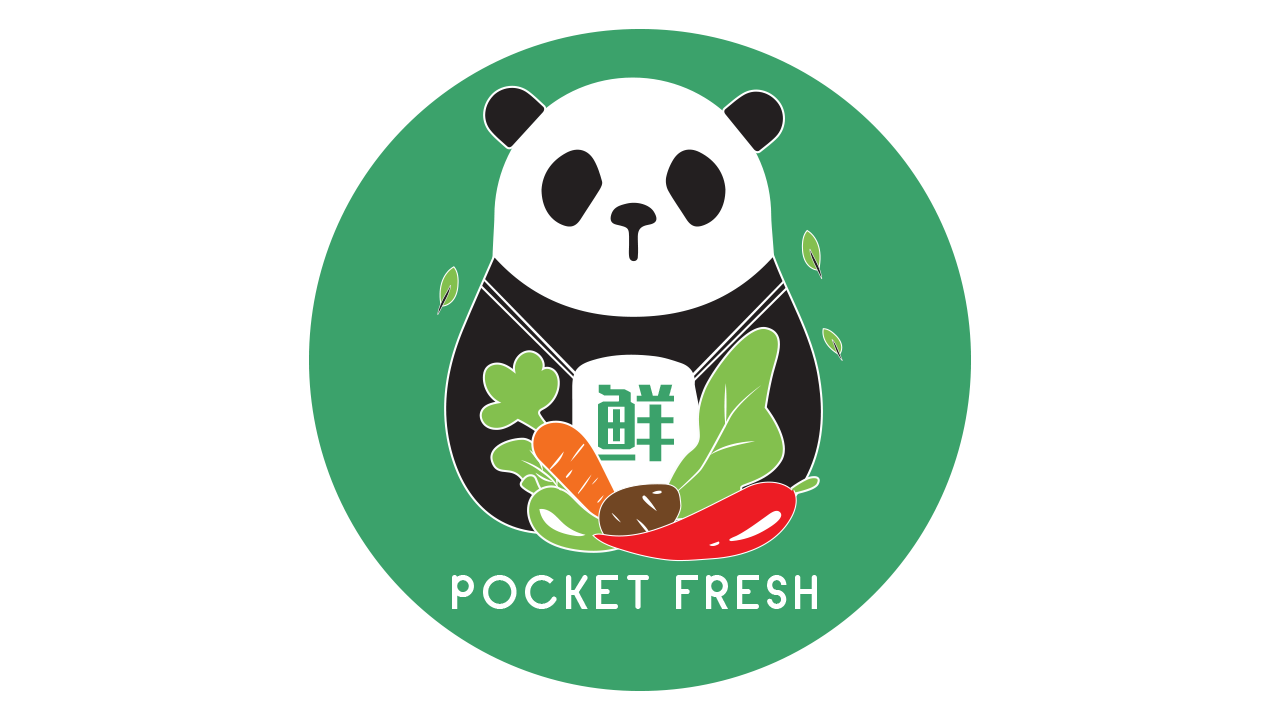Exploring the Effectiveness of In-Web page Push Ads in Digital Marketing
This article delves into the effectiveness of in-web page push ads, dissecting their mechanics, benefits, and potential drawbacks to provide a complete understanding of their position in up to date digital marketing campaigns.
Understanding In-Page Push Ads:
In-page push ads symbolize a form of native advertising seamlessly integrated within a webpage’s content. Unlike traditional pop-ups or interstitial ads, in-web page push ads seem as subtle notifications within the browser window, usually resembling system alerts or notifications from websites. These ads leverage web push notification technology, allowing advertisers to achieve customers even when they aren’t actively browsing the site.
The Mechanics Behind the Engagement:
The effectiveness of in-page push ads lies in their ability to deliver well timed and relevant messages to customers, thereby fostering have interactionment without disrupting the user experience. When a consumer visits a website that helps in-page push ads, they could decide-in to receive notifications. As soon as subscribed, advertisers can send focused messages directly to the consumer’s browser, leveraging personalized content to pique interest and drive action.
Advantages of In-Web page Push Ads:
High Visibility: In-page push ads command attention by showing prominently within the browser window, rising visibility and enhancing brand exposure.
Non-Intrusive: Unlike intrusive ad formats that disrupt the user experience, in-web page push ads blend seamlessly with the webpage, minimizing irritation while maximizing interactment potential.
Real-Time Delivery: In-page push ads enable advertisers to deliver messages immediately, capitalizing on timely opportunities and driving fast responses.
Personalization: Leveraging user data and segmentation strategies, advertisers can tailor in-web page push ads to align with individual preferences, enhancing relevance and resonance.
Decide-In Nature: Customers voluntarily subscribe to obtain in-page push notifications, indicating a level of interest and receptivity that can translate into higher conversion rates.
Evaluating Effectiveness and Performance Metrics:
Measuring the effectiveness of in-web page push ads necessitates a comprehensive analysis of key performance indicators (KPIs) tailored to campaign objectives. Some essential metrics for assessing performance include:
Click-By way of Rate (CTR): CTR indicates the percentage of users who clicked on the ad after viewing it. A higher CTR signifies better interactment and effectiveness in capturing person interest.
Conversion Rate: Conversion rate measures the percentage of customers who completed a desired action, resembling making a purchase order or signing up for a service, after interacting with the ad. It provides insights into the ad’s ability to drive meaningful actions.
Engagement Metrics: Metrics like dwell time, scroll depth, and interplay rate supply valuable insights into consumer have interactionment with in-page push ads, serving to advertisers refine concentrating on and messaging strategies.
Retention and Return on Investment (ROI): Evaluating the long-term impact of in-web page push ads includes assessing user retention rates and calculating ROI to find out the campaign’s profitability and sustainability.
Challenges and Considerations:
While in-page push ads supply quite a few benefits, in addition they present sure challenges and considerations for advertisers:
Optimization: Achieving optimal performance requires steady optimization of concentrating on criteria, messaging, and frequency to strike the right balance between interactment and person experience.
Permission-Based Marketing: Adhering to permission-based marketing ideas is essential to sustaining user trust and compliance with privacy regulations. Overstepping boundaries or inundating users with irrelevant notifications can lead to backlash and negative brand perception.
Ad Blocking: As customers grow to be more adept at managing their on-line experience, the prevalence of ad-blocking software poses a challenge to in-page push ads, necessitating strategies to bypass ad blockers and guarantee message delivery.
Conclusion:
In-web page push ads characterize a dynamic and effective tool for digital marketers seeking to have interaction audiences in a cluttered online landscape. By leveraging the ability of web push notifications and personalized messaging, advertisers can deliver targeted content material to customers in a non-disruptive manner, driving engagement and conversions. However, success hinges on strategic implementation, ongoing optimization, and a commitment to delivering value to customers while respecting their privateness and preferences. As digital marketing continues to evolve, in-web page push ads are poised to remain a valuable asset within the marketer’s toolkit, providing a singular mix of visibility, relevance, and engagement in the pursuit of marketing objectives.
In case you adored this short article and also you wish to get more information relating to learn more i implore you to go to our own site.
